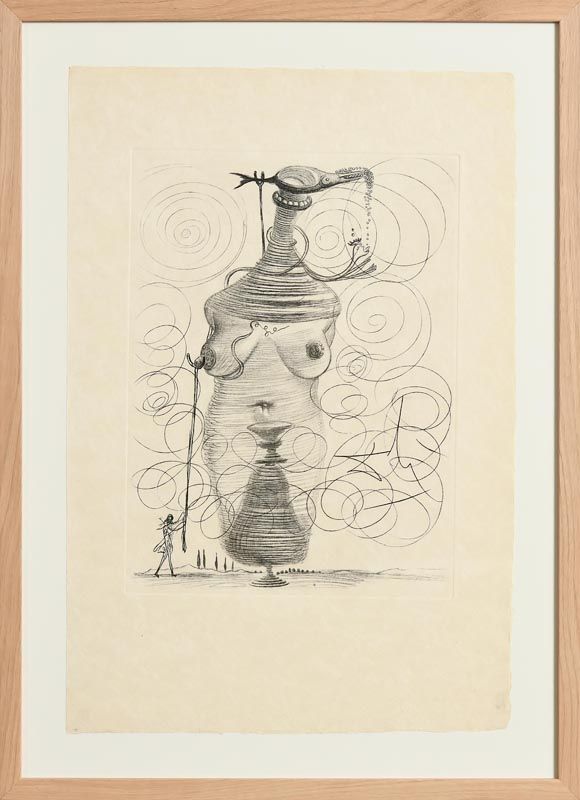
Introduction
Salvador Dali, a name synonymous with surrealism, remains a pivotal figure in the world of art. His unique vision and flamboyant personality endeared him to many, making him not only an artist but a cultural icon. Understanding Dali’s contributions to art and culture helps to appreciate the value of surrealism within the broader context of 20th-century art movements.
The Early Life of Salvador Dali
Dali was born on May 11, 1904, in Figueres, Catalonia, Spain. His early exposure to drawing and painting was encouraged by his parents, and by the age of 17, he enrolled in the Royal Academy of Fine Arts of San Fernando in Madrid. Influenced by Impressionism, Cubism, and Freudian theory, Dali began to cultivate his distinctive style that would later become his hallmark.
The Surrealist Movement
In the late 1920s, Dali aligned himself with the Surrealist movement, which sought to unlock the unconscious mind through imagination and dreams. He became known for his bizarre and dream-like scenes, rich in strange symbols and meanings. One of his most famous works, The Persistence of Memory, created in 1931, illustrates melting clocks in a surreal landscape, a visual metaphor for the fluidity of time and reality.
Impact and Influence
Dali’s impact extended beyond traditional canvas painting. He explored various mediums, including sculpture, film, and photography. His collaboration with filmmakers such as Luis Buñuel resulted in landmark surrealist films like Un Chien Andalou and Andalusian Dog, radically altering the narrative style of cinema. Dali’s work challenged conventional perceptions, encouraging viewers to confront their subconscious and question reality.
Later Years and Legacy
In his later years, Dali remained a prominent figure in the art world, revisiting his roots while also incorporating themes from religion and science into his work. His flamboyant public persona, characterized by his signature moustache and eccentric public appearances, contributed to his notoriety. Salvador Dali passed away on January 23, 1989, leaving behind a legacy that continues to influence artists worldwide.
Conclusion
Salvador Dali’s contributions to art extend far beyond his masterpieces; they invite viewers to delve into the complexities of the human psyche. His bold explorations of dreams and reality resonate with contemporary themes in modern art, offering insights into the surreal nature of existence. As we continue to explore artistic expressions, Dali’s works remind us of the power of imagination and the importance of understanding the unconscious mind in the realm of creativity.
You may also like

All You Need to Know About the Turner Prize 2025

Caroline Monk: A Rising Star in Contemporary Art
